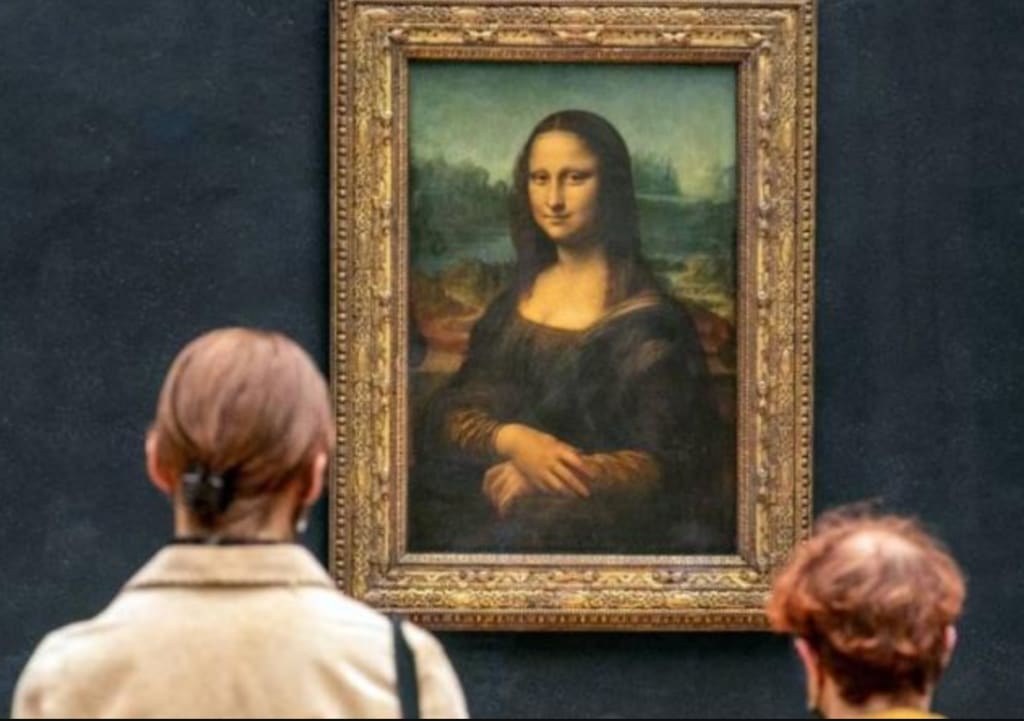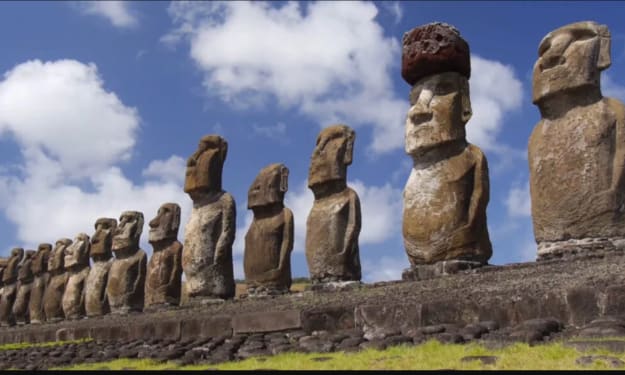The Mona Lisa Mystery
Why is it World's Most Famous Painting?

The story of the Mona Lisa begins in Renaissance Italy, a period of profound cultural and artistic transformation. Born out of the intellectual and artistic ferment of the time, Leonardo da Vinci's masterpiece exemplifies the era's fascination with humanism, scientific inquiry, and the pursuit of beauty.
Painted between 1503 and 1506, the Mona Lisa is believed to depict Lisa Gherardini, the wife of Florentine merchant Francesco del Giocondo. However, the true identity of the sitter remains shrouded in mystery, adding to the painting's allure and intrigue. Despite centuries of speculation and research, scholars have yet to definitively confirm the identity of the enigmatic woman immortalized in paint.
Leonardo da Vinci's multifaceted genius is evident in every brushstroke of the Mona Lisa. As a polymath, da Vinci possessed a keen intellect and insatiable curiosity about the natural world. His artistic endeavors were informed by his scientific studies of anatomy, optics, and geometry, resulting in a body of work that transcended traditional artistic conventions.
One of the most striking aspects of the Mona Lisa is its technical mastery, particularly the use of the "sfumato" technique. Derived from the Italian word for "smoke," sfumato involves the subtle blending of colours and tones to create soft, atmospheric effects. Da Vinci's skillful application of this technique imbues the painting with a sense of ethereal beauty, blurring the boundaries between reality and illusion.
Central to the painting's allure is the enigmatic smile of its subject. Da Vinci's meticulous attention to detail and his profound understanding of human anatomy allowed him to capture the complexity of human emotion with unparalleled subtlety. The Mona Lisa's smile has been the subject of endless speculation and interpretation, with some viewing it as a symbol of serenity and others as a mask concealing deeper emotions.
Beyond its artistic merits, the Mona Lisa holds profound cultural significance as an enduring symbol of human creativity and ingenuity. As one of the most iconic artworks of the Italian Renaissance, it embodies the spirit of intellectual inquiry and artistic innovation that defined the era. Da Vinci's interdisciplinary approach to art and science reflects the Renaissance belief in the interconnectedness of knowledge and the limitless potential of human intellect.
The Mona Lisa's journey from Italy to France further underscores its status as a global cultural treasure. In 1516, Leonardo da Vinci accepted an invitation from King Francis I of France to live and work in the royal court. He brought the Mona Lisa with him, and upon his death in 1519, the painting became part of the French royal collection. Today, it is housed in the Louvre Museum in Paris, where it attracts millions of visitors from around the world each year.
The theft of the Mona Lisa in 1911 catapulted the painting to international fame and cemented its status as the world's most famous artwork. Perpetrated by Italian handyman Vincenzo Peruggia, the theft captured the public's imagination and sparked a worldwide manhunt for the missing masterpiece. After being missing for over two years, the painting was recovered in Italy and returned to the Louvre, where it remains under strict security to this day.
In addition to its historical and cultural significance, the Mona Lisa has had a profound impact on the world of art and popular culture. Its iconic image has been reproduced and reinterpreted countless times, appearing in advertisements, films, and literature across the globe. The painting's enigmatic smile and timeless beauty continue to inspire artists and audiences alike, transcending time and space to become a universal symbol of artistic excellence.
In conclusion, the Mona Lisa's enduring appeal lies in its exquisite craftsmanship, enigmatic subject, and rich cultural legacy. From Leonardo da Vinci's masterful technique to the painting's journey through history, the Mona Lisa continues to captivate audiences and spark fascination around the world. Its mysterious smile and timeless beauty serve as a testament to the enduring power of art to transcend time, culture, and interpretation, leaving an indelible mark on the collective imagination of humanity.
About the Creator
ava
The future belongs to those who prepare for it today
Enjoyed the story? Support the Creator.
Subscribe for free to receive all their stories in your feed. You could also pledge your support or give them a one-off tip, letting them know you appreciate their work.






Comments
There are no comments for this story
Be the first to respond and start the conversation.